The Hero, the Mentor, the Herald, and the Threshold Guardian
The Hero
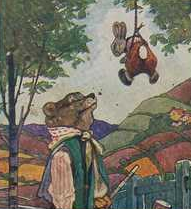 This is the person that makes the most things happen. He may or may not change. He can be anyone, but he can’t be just a hero. He can be a trickster like Brer Rabbit,
This is the person that makes the most things happen. He may or may not change. He can be anyone, but he can’t be just a hero. He can be a trickster like Brer Rabbit,
Or a shapeshifter like Spiderman and Superman.
He may be thwarted in love or orphaned or both—Spiderman again.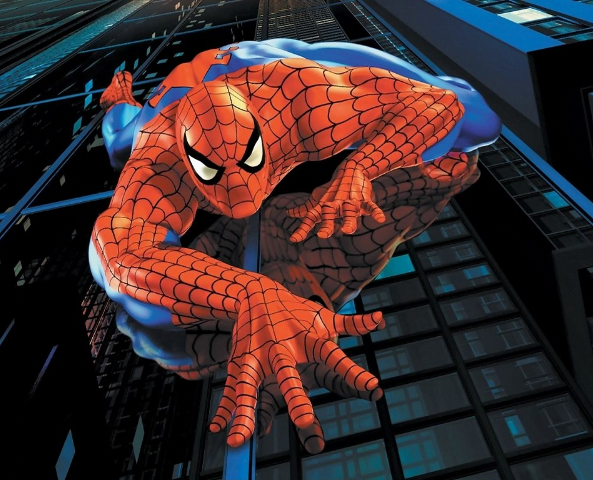
Many are tormented by a shadow side of their nature.
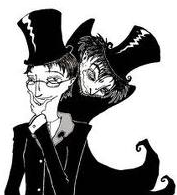
The Mentor
Without a Mentor, many heroes would be dead before they even really get started. This is the person who teaches our hero what he needs to know to succeed in his quest and often provides essential equipment.

In Greek mythology, Mentor was a friend of Odysseus and advisor to Telemachus. He often embodied Athena, the goddess of wisdom, who does lots of mentoring. Before he went off to kill Medusa, Athena gave Perseus a polished shield to catch the Gorgon’s reflection, because if he looked at her directly he’d turn to stone. She also told him how to go about assembling all the other stuff he’d need. The Hesperides gave him a knapsack to safely contain Medusa’s head, Zeus gave him an adamantine sword and Hades’ helm of invisibility, and Hermes loaned Perseus his winged sandals. James Bond, eat your heart out!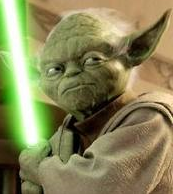
The mentor might be a shapeshifter, like Athena, who offered Odysseus advice in many disguises; a shadow—the drill sergeant in An Officer and a Gentleman, for example; or a trickster. A story often has more than one mentor.
The Herald
I always think of the White Rabbit with his pocket watch scampering by Alice and leading her down the rabbit hole. He actually became a herald at the Queen of Hearts’ garden party.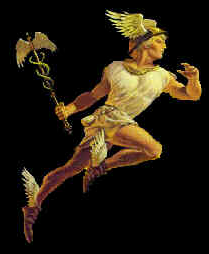 The herald delivers the call or shocking news that gets the hero up off his butt and into the action. In Field of Dreams it’s the mysterious voice at the beginning that says, “If you build it they will come.” Hermes is the herald for the Greek gods and is constantly flitting about getting things started and stirring up trouble—he’s also a trickster.
The herald delivers the call or shocking news that gets the hero up off his butt and into the action. In Field of Dreams it’s the mysterious voice at the beginning that says, “If you build it they will come.” Hermes is the herald for the Greek gods and is constantly flitting about getting things started and stirring up trouble—he’s also a trickster.
The Threshold Guardian
As she leaves the Ordinary World and goes through the gateway to the Other World, our hero encounters powerful beings intent on keeping her out.They come in many forms and, must be properly appeased if the hero wants to continue. Not surprising, this is true of most borders. Travelers to a new country must appease a customs agent, and travelers on the astral
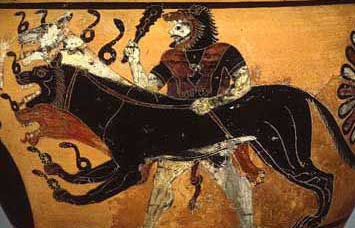
must appease the often terrifying guardians of that plane. Cerberus, the vicious three-headed dog, guards the gates to the Greek underworld, but he can be bought with honey cakes and songs.
The guardian doesn’t have to be a person. It can be a test the hero must pass or simply all the stuff and psychological baggage she needs to process before she can actually begin.
A threshold guardian often looks like a powerful enemy, but is really, upon closer examination, a friend. These Shinto Shrine fox guardians say it all. The one on the right is growling, but the one on the left is holding a key.


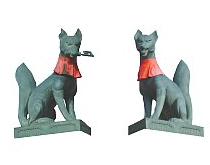
4 thoughts on “The Hero’s Journey and the Tarot Major Arcana—Part 4”
I like where you’re going with this. The tarot holds the metaphorical key to so many of life’s mysteries. I don’t think it is the key, per se, but it let’s us find /our/ key to those mysteries.
We all hold all of the wisdom that we need, it’s just that we all need triggers and metaphors to unlock that treasure trove. And that is what the tool of the tarot gives us when we apply it’s imagery to our (sub)conscious.
I look forward to the next post.
-Ron
When someone tells me that they have the one and only key, I run away fast. But the Tarot symbolism is one effective key to our subconscious, where all the answers are if we could just figure out how to get in there. In fact some readers call the Major Arcana “The Keys.”
I like the broad range of examples and references you have to explain each archetype.
And those are just a few examples. If you look at your own hero’s journey–the story of your life–you can find these same archetypes.